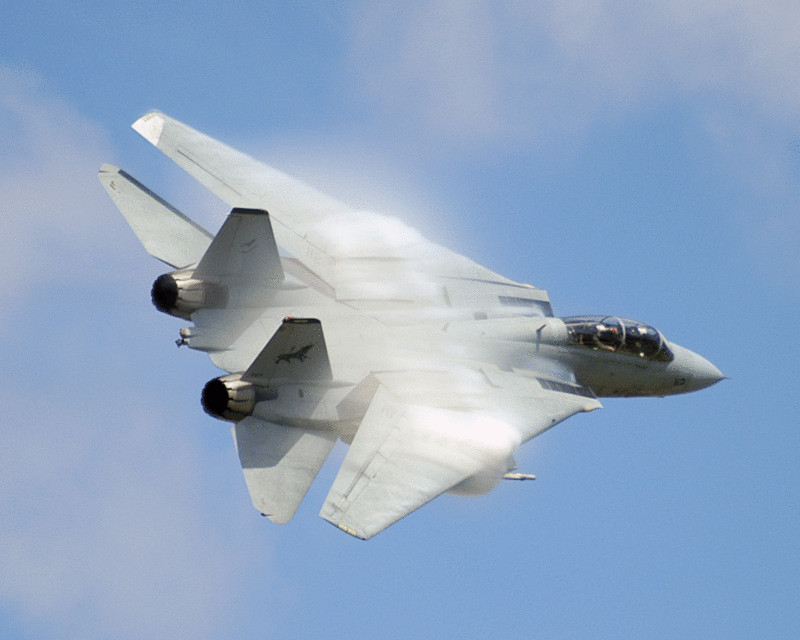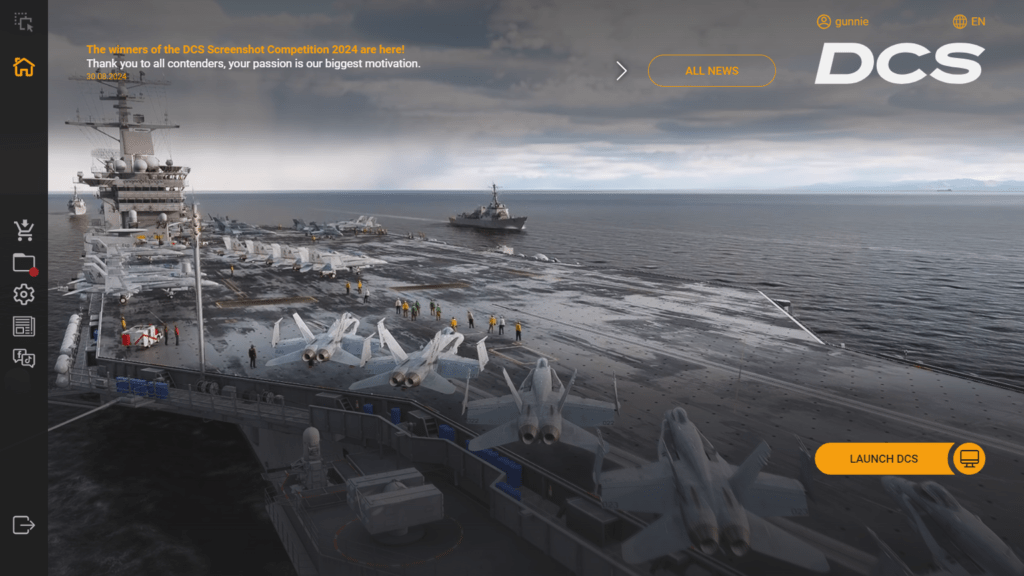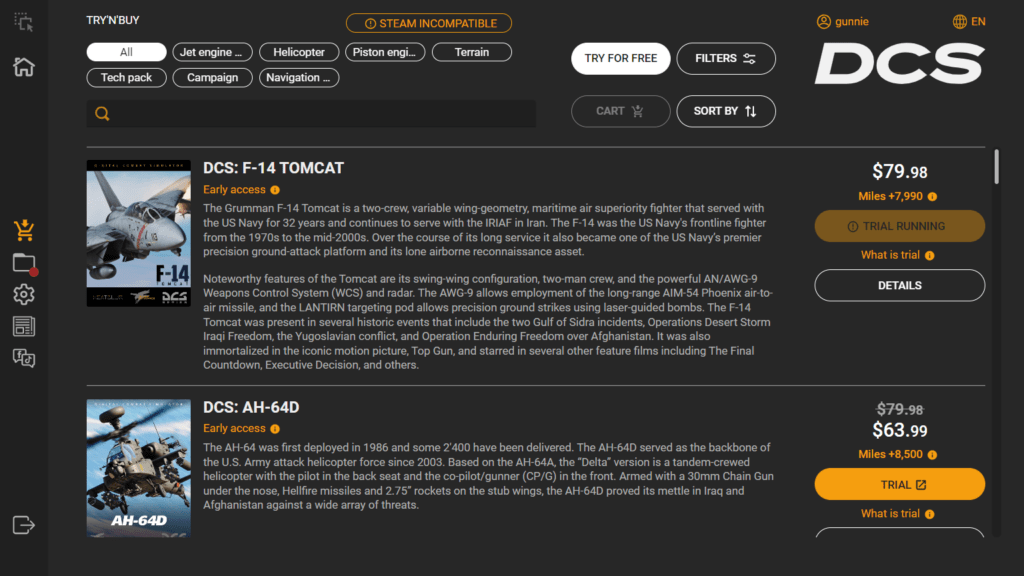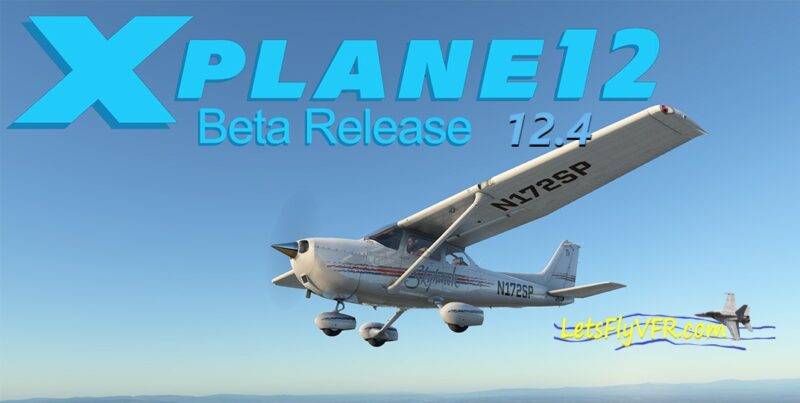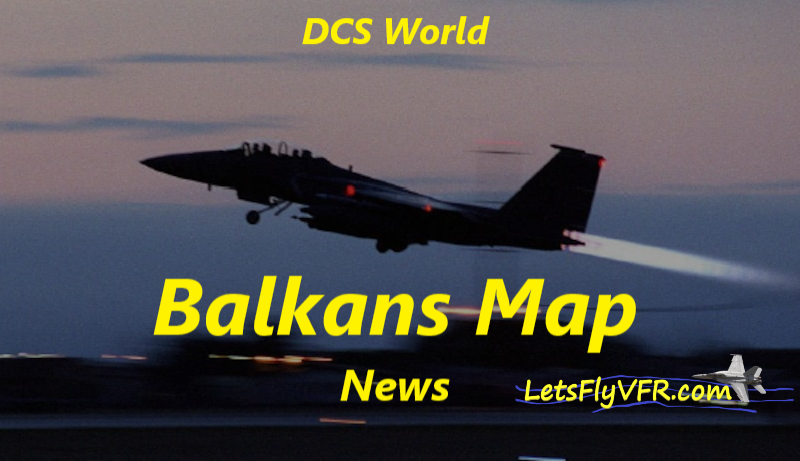Discover the DCS F 14 Tomcat! Most Famous Fighter Ever Soar Into DCS WORLD!
DCS F-14 Tomcat by HeatBlur.
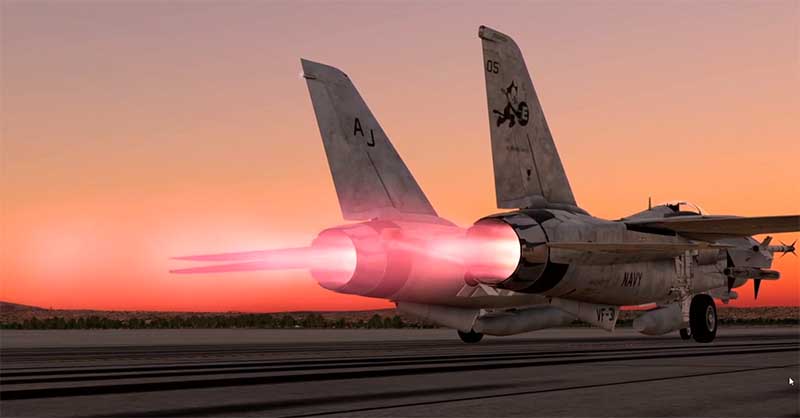
The DCS F 14 Tomcat is certainly an iconic aircraft Heatblur has created an amazing representation for us in DCS World. This incredibly detailed representation of the F 14 Tomcat enables you to relive your own Top Gun Movie moments. It is an incredible 3rd gen aircraft requiring some real hands and feet on flying skills by any pilot that steps into the cockpit. It is presented to us by HeatBlur with a highly detailed professional flight model which as I understand it has also got the tick of approval from some real world Tomcat pilots.
The flight envelope as well as its complex weapons systems have been modelled with incredible detail for the most immersive experience possible. In the massive nose of the F-14 hides the most powerful radar to be installed in a fighter at that time. The massive AWG-9 radar gives impressive over the horizon launch capabilities, not previously possible by any aircraft of the day.
The Tomcats flight controls are one of the last mechanical flight control systems before the F-16 analog fully fly by wire control system and then the F-18 digital fly by wire flight control systems. The DCS F 14 Tomcat is represented by both the A and B models in this DCS world module. The one major difference between the two models is the engines installed in them. The F-14A having the Pratt and Whitley TF-30 which was prone to compressor stalls if handled roughly by a pilot, so it needs some gentle persuasion to get the best out of the engines. The F-14B with the General Electric F-110-GE-400 which proved to be much more pleasurable in its performance and stability characteristics.
History of the F 14 Tomcat.
The F-14’s first flight took place on December 21, 1970, and it made its initial deployment in 1974 with the U.S. Navy aboard the USS Enterprise (CVN-65), replacing the McDonnell Douglas F-4 Phantom II. It served as the U.S. Navy’s primary maritime air superiority fighter, fleet defence interceptor, and tactical aerial reconnaissance platform into the 2000s.
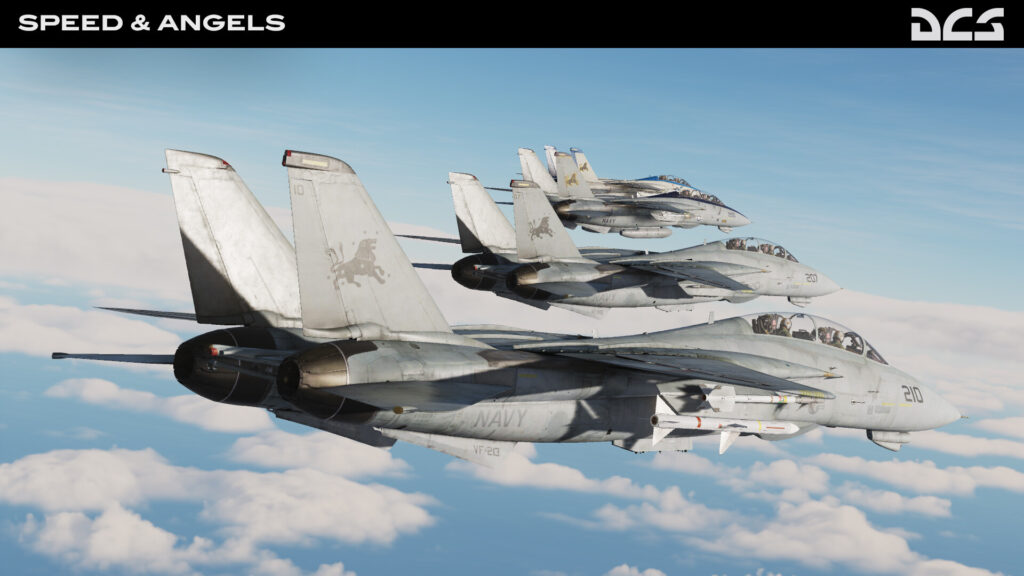
In the 1990s, the Low Altitude Navigation and Targeting Infrared for Night (LANTERN) pod system was added, enabling the Tomcat to perform precision ground-attack missions. The Tomcat was retired by the U.S. Navy on September 22, 2006, and was succeeded by the Boeing F/A-18E/F Super Hornet. Several retired F-14s are now on display across the United States.
The F-14 was exported to Iran in 1976 during the reign of Shah Mohammad Reza Pahlavi, where it was used as a land-based interceptor by the Imperial Iranian Air Force. After the Iranian Revolution in 1979, the Islamic Republic of Iran Air Force employed the F-14 during the Iran-Iraq War. Iran claims that their F-14s shot down at least 160 Iraqi aircraft during the conflict, with 55 of these confirmed by historian Tom Cooper.
Sixteen Tomcats were lost, including seven due to accidents. As of 2024, the F-14 remains in service with Iran’s air force, though the number of combat-ready aircraft is low due to a lack of spare parts. (Google WIKI F-14 Tomcat)
TRIAL OPTION in DCS World
So, you’re thinking of buying a new module, but not 100% committed as yet. So, what options do you have because we don’t want to buy a module to find we don’t enjoy flying it! Well, DCS World has a trial feature which allows you to try before you buy. Many of the available modules can be downloaded for a period of 14 days before you need to hand over your valuable cash or they stop working in the trial mode.
If it turns out the module it’s not what you hoped for then it will simply deactivate after the trial period. You may need to delete it, so you don’t get error messages every time you start DCS. You can trial the same module again after six months and see if your perspective has altered. This is a great option I believe and the reason I’m able to write on my impressions of the HeatBlur F-14B/C Tomcat module.
GET A TRIAL
You just need to go to the “DCS E store” and make sure you have both 2 Factor Authentication turned on, then select the module that’s of interest to you in the menu. You will then be asked for a code from the Google Authentication App. Easy also to download and set up. There reason for this is an attempt to stop users continually re trialling a module continually so as not to have to purchase it by creating many accounts. In general newly released modules won’t be available but there are plenty currently available as I write, especially if your new to DCS World!
FIRST IMPRESSIONS of the DCS F 14 Tomcat
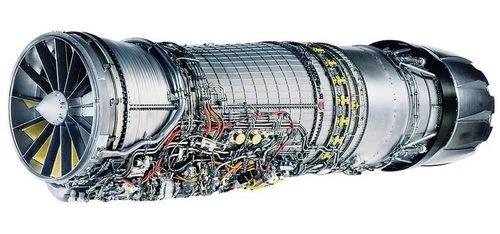
The F-14 Tomcat is certainly an iconic jet fighter and super popular module with the DCS community in general. I decided to jump on the bandwagon and try this iconic jet for myself by utilising the trial option. I thought I needed to release my inner Maverick, and this was a risk-free way to do just that! I got to downloading the F-14 B/C module which was easy enough with the two-factor authentication turned on and the Google Authentication App code, I received a code as previously mentioned and it worked like clockwork.
Excited to get flying I chose to load up the DCS World and create a mission in the Editor. It makes it easy to just set up controls over the popular NEVADA map without pesky Mig-28’s messing with me until I’m ready of course. The Nevada map is probably one of the best performing maps for FPS, but the Syria map is by far my favourite. It’s beautiful and with a complement of hills and plains its better represented than the standard DCS map in the Caucuses Map.
Getting Started
Selecting the DCS F 14 C, I placed it on one of the airports and set it up as a hot start. First impressions graphically were overwhelmingly good. The attention to detail is truly breathtaking around the cockpit. It’s somewhat worn textures make its used appearance makes the immersion even better than a glossy new aircraft.

Initialising an Auto ground start, I found the wing sweep wouldn’t work automatically when I got flying. It took me some time to discover the manual wing sweep was activated. The wing sweep actuator has a cover next to the throttle quadrant and when its down the wings are automatic but if raised up you can select whatever wing angle you desire. It’s very easy to see when you know where to look. A trick for new players!
There are certainly stories on YouTube where pilots put their wings forward when going fast to dupe an opponent in a BFM engagement during training! I don’t expect the Mig-28s would fall for it would they Goose!
TAXI & TAKE OFF
Taxiing out was certainly uneventful and easy smooth minimal engine RPM required to get rolling to the runway. Reaching the runway the Tomcat was lined up on the well-defined runway centre line, ready to launch. Running the powerful General Electric F-110-GE-400 engines up to military power the big beast shook violently!
The Tomcat wanted to be released! Smoothly releasing the brakes, the Tomcat started to rumble forward down the expansive runway at Dry Lake. Engaging the afterburners soon after I started rolling it accelerated like a stung cat! Amazingly quick for such a huge aircraft!
In no time I passed 150 knots and eased the stick back to rotate. This took a second or two, but it came up and with a bit of frantic trimming then it settled into a climb. Clicking on the gear handle the undercarriage retracted smoothly with a clunk.
As a side note, I have seen a F-14 fly over me in Malaysia in my Air Force days in the early 1980s. It simply overflew the airbase, and I was surprised how big it looked even at altitude. It wasn’t high for sure, maybe 5000 ft plus but compared to our little Mirage IIIOs which would fit on each wing, it was huge! Never seen one up close though.
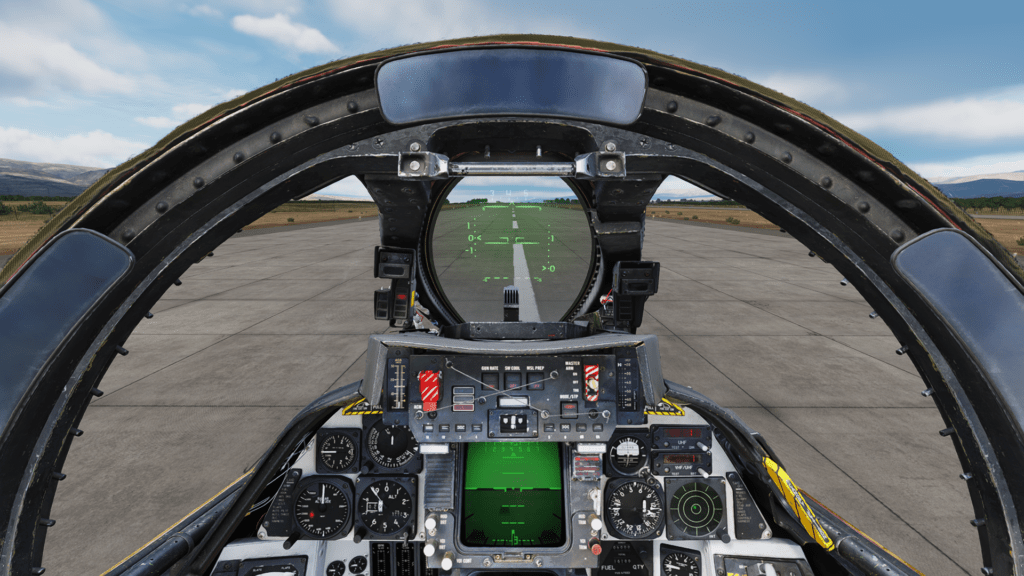
The Controls
The controls in the DCS F 14 Tomcat are smooth and it feels very different from my jet of choice, the mighty F-18C Hornet. It quickly showed me just in the initial feel that the Tomcat was going to be a totally new experience flying from anything else I had flown in previously in DCS World!
It’s a very physical jet to control with its non-fly by wire controls. Its directly attached to the control system so you feel everything. Your flight control movements need to be smooth and coordinated to get the very best out of this jet. Its great to hear all the rattles and groans of the F-14 as well as its shaking when manoeuvring.
If you’re a little slow and ask for too much AOA from the jet it will drop a wing, so be careful! I can see it would be easy to create adverse yaw and spin the jet into the desert. Be warned! The jet shakes and rattles at any poor handling by the pilot which means you need to be smooth on the controls! Good pilots need to be conscious of power, speed and AOA limits, because the jet is going to remind you violently of you get it wrong!
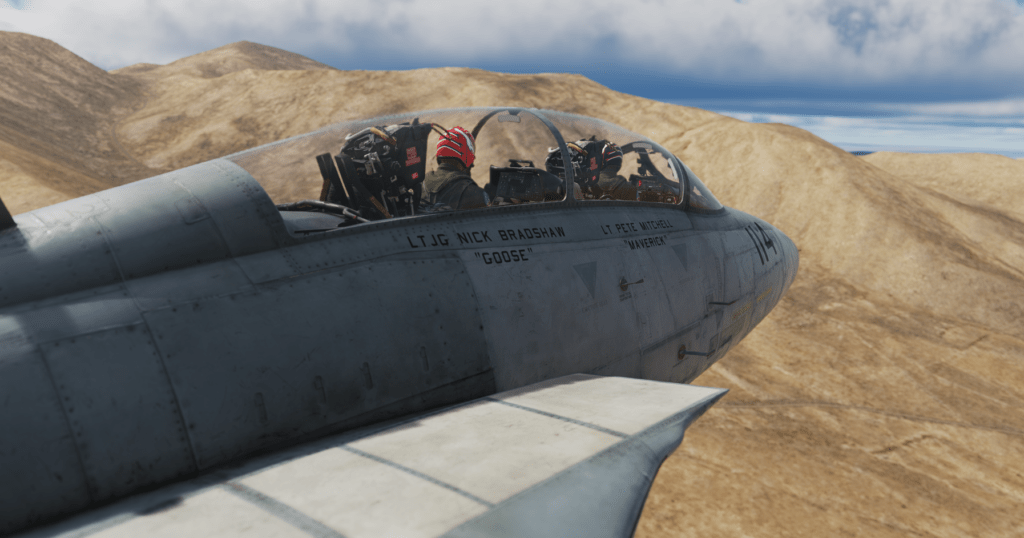
VR Visual Impression / Jester
The size of the Tomcat is absolutely apparent when looking at in VR! Looking back over your shoulder past the ejection seat head box reveals the massive wings flexing as you manoeuvre the big cat. It’s also possible to see back to the twin vertical tails and all the time Jester is doing his thing in the back. He’s animated looking around as if he’s busy at work all of the time. Jester really makes for an immersive dual cockpit experience. Jester, I have to say in another experience all on its own which I’m still discovering. He’s a super important part of flying experience in the Tomcat let me tell you!
JESTER & BFM
Losing sight of enemy fighters when transitioning from HUD view to outside with the large canopy bow can be a real issue I found. The canopy bow is large, and the front windscreen is actually pretty small making it easy to lose a manoeuvring Mig-28 from view pretty quickly. Jester is always there to save your but calling out speeds and targets locations for you as your fly this massive jet. Pushing the Tomcat hard is quite exciting and then frustrating trying to get on an enemy jets six o’clock.
Keeping the speed at corner speed is important which is around 380 Knots. There’s a quick reference on the Air Speed Indicator (ASI) with a line located at this point. Pushing the AOA (Angle of Attack) to far also bleeds speed quickly so the jet tells you in no uncertain terms if you’re asking too much AOA from it. If you can stay in the region where it’s just rattling is great! IF you pull just a little more than you need, you’re going to depart quickly!
Combat – A/A BFM/BVR Dog fighting in the DCS F 14 Tomcat.
Now let me say this is where the frustration begins for me, primarily because of my flying tactics I’m guessing. It will always be a process learning a new jet and how it likes to fight. The Tomcat for sure is the same! Discovering how it likes to fight takes time. In watching several interviews with real world Tomcat drivers and watching some Growling Sidewinder YT battles I understood the vertical is where the Tomcat excels, so here beginneth the lesson DCS aviators.
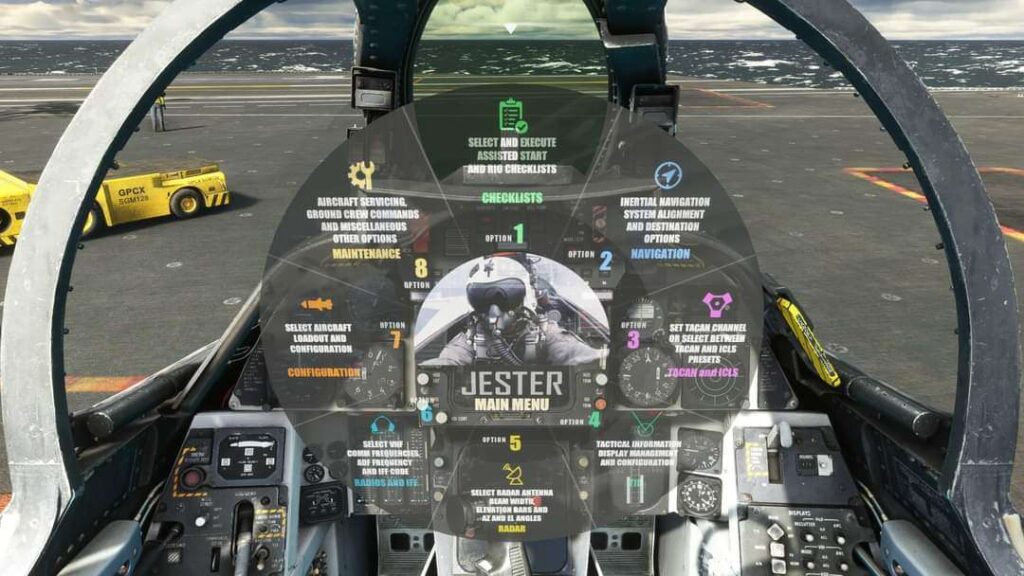
In my initial combat experiences over the Nevada test range in BFM, I found I was out flown comprehensibly by everything I flew against! Testing against the newer aircraft, such as the newer Hornets and Vipers was proof that the Tomcat was a generation behind these impressive jets.
I expected to be able to hold my own against these jets but it’s really not possible in BFM. In flying against some older jets like Mig-21s as well as F-5 Tigers and older Mig 17/19s it was a challenge. Going vertical proved the best answer sweeping down from above to get a good kill position and getting weapons on target.
I didn’t find the tactic worked effectively against the Viper and possibly more successful against the Hornet to a point. BVR could be a different deal against the Hornet but the Viper with its impressive high-speed, high-altitude capabilities employing the AMRAAM AIM-120 makes it more than a match for the Tomcat.
Max performing your Tomcat is a vital skill and it’s not as easy as in modern jets like the Viper and Hornet! The more modern jets have massive computers controlling every aspect of the flight controls to keep you safe. The F-14 Tomcat is a manual beast which requires some finesse to get the most out of it. There are some critical parameters you need to know, and these are the specific speed the F 14 Turns fast but the smallest circle.
The real-world pilots call this CORNER SPEED. The second factor is the G limit of the DCS F-14 Tomcat. She is a big beast for sure so keeping it to withing the G limits will prevent damage to her delicate surfaces. The G limit for the mighty F-14 Tomcat is 6.5 Gs. You will need to manage your Gs as well as your speed to max perform a jet like this. Your target speed according to real world F-14 pilots is 325 -350 knots. So right from the beginning if you’re planning a level 350 knot, 6.5 G turn then you’re going to be disappointed because the Tomcat cannot maintain this in a flat turn.

Max Performing the DCS F-14 Tomcat
You’re going to have to maintain a moderate 5-7 degree decent as you pull hard on the stick to maintain these two critical parameters. The jet should also be buffeted quite a bit so if its rattling and bucking your probably doing a great job! There are some things you can use to get this perfect horizontal turn and that’s the corner speed line on the jets airspeed indicator as seen below. Next you need to get use to the sight picture in your HUD or the horizontal Attitude Display and see the dot located at the 7 degrees below the horizon line to be on your game.
The Phoenix AIM-54 & AIM-7 Sparrow.
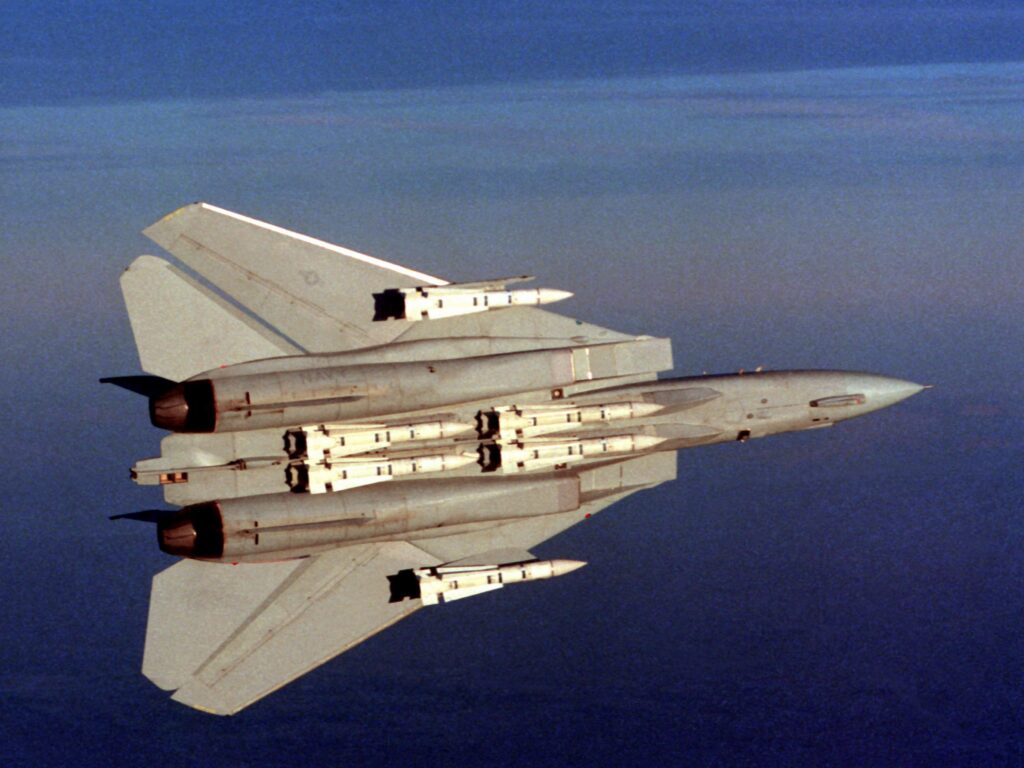
It’s worth remembering what the massive Phoenix AIM-54 missiles were deigned to kill! Bombers coming over the Horizon and not agile fighters were their targets! The Aim-54 can hit fighters I’m sure if they are unaware but A Viper with an AIM-120 is always going to have the advantage!
The Sparrow became a great missile but its range in the current environment really isn’t good enough to survive against modern jets if that’s what you’re hoping to do. In my practice firing AIM-7s from F-18’s with a view to surviving in Growling Sidewinders Server I have found it very effective range is generally less than 10nm. In practice the AIM-7 isn’t a BVR missile unless your very fast and very high.
It’s sort of a restricted and more akin to short range missile with a few extra legs than a true BVR missile. For this reason, your F-14 is probably going to struggle in modern servers. Now if you can get into a cold war server or one with more equivalent era aircraft and weapons you’re going to dominate for sure.
OVERALL IMPRESSION
So dogfighting results so far have been frustratingly poor for me against Mig-29’s, F-18s and F-16s to date! I had better success against a range of early MIGs. The Mig-15 to the Mig-21 weren’t difficult but challenging certainly. A lot closer in capability to the MIG-21 probably. I also had the F-5 to try against and again they weren’t too hard to kill. It’s all about practice and with a complex aircraft like the Tomcat you need to practice. If you’re not excited by the module then you’re not going to put in the time is probably honest.
LANDING

The aircraft responds well to control and engine inputs in the slow speed range such as in the circuit. It’s easy enough to get on speed and AOA in this speed range. Quite a stable aircraft to fly the approach to a gentle landing on a big runway. Jester commented with a “Are we down? I slept through the whole landing” or words to that effect. So comfortable in that speed regime around the 250 – 150 Knots or so for sure.
There is a lot of power available with these big F101 engines and they are spaced way off the centre line giving asymmetric thrust issues if you use lose an engine. Don’t use A/B if you only have one engine. The jet may kill you very quickly spinning you into the ground! The ability to use split throttles is widely used by DCS Pilots to assist with rolling the aircraft in combat situations.
AROUND THE BOAT
I flew the Case 1 Approach lesson a number of times and found the aircraft somewhat comfortable to get aboard the carrier. I flew in VR as I don’t fly on a monitor anymore. I haven’t flow without VR for about 5 years or more! This makes the ball a bit of a challenge to see in the Oculus Rift S, so manually flying it on still made for a fun experience. I trapped every time and have yet to go through the launch but landing is the challenge for all of us so that was positive. I’m sure if strong winds are set up it could be a very different story.
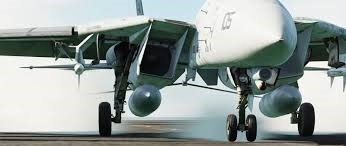
Overall Impressions From my Trial Period.
The trial period is a fantastic way to confirm your spending your hard learnt cash wisely! It’s going to ensure you’re not picking up a module that you don’t like after a week or so and don’t fly again. I wish I had had the opportunity to fly the WW2 aircraft having purchased the Spitfire and P-51D as well as P-47 and really nearly never fly them more than a few times. Maybe in the future I’ll be inspired to go WW2, who knows.
I highly recommend trying out some of the modules you’re interested in before you pay out for them. I would probably not own any WW2 fighters If I had done so to be honest. I’m a very 4th gen fighter pilot fan for sure.
Will I buy it?
I have enjoyed the DCS F-14 Tomcat immensely in the 2 weeks I have been trialling it but, No! I’m not going to buy it! At least not at the moment. It’s just not what I was looking for in a jet environment where the F-18 Hornet and Viper to a lesser extent have been my go to jets! I hoped for a jet I felt comfortable to dogfight in plus that I had some affinity with. It has not been the case even though I did enjoy the flying I did. If I struggled to win in dogfights over the trial period in the TOmcat which I really did then its not going to be my go-to option! THat will fall to the HOrnet or maybe Viper.

Have I really enjoyed flying the Tomcat? Absolutely Yes! It’s been an interesting experience with Jester in the back adding to the overall experience. The whole Jester concept is very good and so helpful when dog fighting and for general situational awareness. I’m sure with more time BVR would also be a great experience but just not yet for me.
I don’t enjoy losing all the time, which is true of all of us, I’m sure! To date I’ve only achieved a missile kills with the Tomcat in all the BFM engagements i flew. Not a single Guns kill to speak of as yet against many different aircraft in training mission environments. It was disappointing! It maybe I need another trial period in six months and retry my skills but for now it’s not joining my hanger.
Its a bit like the F-5 Tiger II. I purchased several months back. I have enjoy flying it and battling against other aircraft in the Heatblur’s 80’s Colswar Server of late. Its hard to win a battle with IR and guns battles a plenty. I have scored minimal missile and guns kills and been killed a lot more but Im feeling more at home in the Tiger. If I just had a TRIAL period with it I may not have actually purchased it either. In hindsight Im happy now I did. The same may be true of the TOmcat so in 6 months maybe Ill try it again and see how it goes.
A PLACE AND TIME
The F-5 has proven a fun and enjoyable aircraft to get into the ENIGMA/HEATBLUR 80’s multiplayer server. It fits the bill well against Migs, Viggens and aircraft from that era. It’s not a jet you would take to say Growling Sidewinders server where you die all the time to Vipers launching missile from the stratosphere at Mach 2. A Place and a time for each jet!

For me the F-5 has found a home and I’m pretty happy with it now. Yes, busy dying regularly as I learn how to run intercepts and defend against them. But I can most often see the fighters trying to kill me now, so I have enjoyed it so far.
WRAP-UP
I hope this insight has been helpful to your future aircraft purchases. The whole trial option is a great feature from Eagle Dynamics! Just a reminder that you can retrial a module 6 months’ time again. Your needs may change as mine have, so you may decide a specific aircraft fits a particular multiplayer server, so you need to try it again.
The latest Heatblur F-4 Phantom is super popular on the ENIGMA/HeatBlur Server as you may expect. Unfortunately, you won’t see a trial period option on this jet for some time! I wish you well and hope this blog post has helped you with a perspective on the amazing F-14 Tomcat by HeatBlur as well as the Trial Period option by Eagle Dynamics for their DCS modules.

AUTHOR
Brendon McAliece (Aka Gunnie) is a a military veteran with 23 years working on Jet Fighters, their weapons systems and ejection seat/module systems as well as munitions and R&D. Involved with flight simulation since the 1980s, he has flown all the major flight simulators over the years.
He is an Australian expat who has lived in Malaysia, UK, Saudi Arabia and more recently Thailand. He is a multi-lingual blogger who loves to share his life experiences here on LetsFlyVFR.com and DreamingGuitar.com, his lifestyle and Travel experiences Blog.
Learn More @ DreamingGuitar.com – DreamingCoffee.com – LetsFlyVFR.com
( HOME – BLOG – SHOP – ABOUT )
As an Amazon affiliate I may benefit from qualifying sales.
